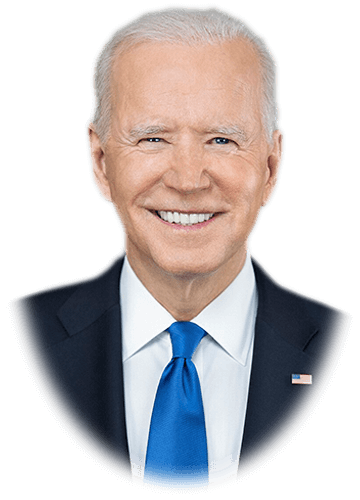Texas Border Business
LAREDO, Texas (Feb. 14, 2019) – Laredo Mayor and Texas Border Coalition (TBC) Chairman Pete Saenz today issued the following statement endorsing a bipartisan congressional funding bill that would help secure the U.S.-Mexico border and break the impasse in Washington that closed nine U.S. government departments and dozens of federal agencies for nearly two months:
“The Texas Border Coalition is thankful that negotiators used our Texas Border Compact as a foundation for a new budget deal. The compact emerged from a meeting of TBC officials, President Trump, U.S. Sens. John Cornyn and Ted Cruz, as well as our work with members of the Texas congressional delegation, including U.S. Reps. Henry Cuellar, Will Hurd, Vincente Gonzalez, Filemon Vela, among others.
“Of all of the border security proposals we have seen coming out of Washington, this agreement seems to fit the TBC model best – funding the minimum amount of fencing necessary while protecting parks and some wildlife refuges, providing for up to 1,200 Customs inspectors, carrizo cane removal along the banks of the Rio Grande River, new ports of entry technology, improved asylee facilities, and immigration judges.
“One of the important requirements of the bill is that it requires consultation with local voices: Border Patrol, the governor, elected officials and property owners to determine what works best to secure the border in their area. This is different than the current plan, in which Washington asks Border Patrol, “We’re building a fence, where do you want it?” Instead, it asks the local Border Patrol and leaders, “What is going to secure the border in your neighborhood?”
“While TBC does not support funding for more fence construction, this agreement includes $1.375 billion for additional pedestrian fencing, all or almost all in the Rio Grande Valley. The bill authorizes 11 miles of levee pedestrian fencing and 44 miles of primary pedestrian fencing, mostly in Hidalgo and Starr Counties. The bill only allows fencing based on current designs (bollards) and prohibits construction at the Bentsen-Rio State Park, the National Butterfly Center, the Santa Ana Wildlife Refuge, La Lomita Historical Park, and the Lower Rio Grande Wildlife Refuge between Brownsville and the Gulf of Mexico.
“For the 55 miles of fence funded in fiscal 2019, the bill requires the U.S. Department of Homeland Security (DHS) to confer with local elected officials and seek to reach mutual agreement on design and alignment of fencing.
“At the ports of entry, we need the personnel, technology and infrastructure that will enable our customs and agricultural inspectors to more effectively achieve their goals of stopping illegal trafficking and facilitating legitimate trade and travel. Ninety percent of the hard drugs are smuggled through the legal ports of entry. Building a wall won’t stop the drug smuggling. To be successful, we have to attack the smuggling at the ports of entry
“This bill funds the hiring 600 new Customs inspectors and encourages U.S. Customs and Border (CBP) Protecton to use available fee funding to hire 600 more for a total of 1,200 new officers. It does not fund any additional Border Patrol officers. The conferees also fund $100 million for border surveillance technology between the ports and $564 million for non-intrusive inspection equipment at the ports. Six million dollars is allocated for southbound equipment.
“The bill follows on with Sen. Cornyn’s Port of Entry infrastructure law, directing DHS to submit a report that details its prioritization of port of entry infrastructure capital investment projects, the methods and models used to determine prioritization, and an overview of Public-Private Partnership agreements. It directs CBP to work with the General Services Administration and Office of Management and Budget on the annual 5-year Land POEs modernization plan, with attention paid to the health, safety, and welfare needs of Customs and Border Protection officers.
“These investments will add efficiency to the tremendous economic output of our southwestern ports of entry and facilitate the new trade President Trump forecasts that will result from the new USMCA/NAFTA.
“Between the ports of entry, have to take advantage of the Rio Grande River by putting more boots on ground and boats on the water. When the Border Patrol maritime force is on the water, no one crosses. We need to remove the carrizo cane from the riverbank. The bill funds $1 million for carrizo cane control.
“Finally, the agreement suggests it would cut Immigration and Customs Enforcement detention capacity, providing funds for an average detention population of 45,274, but it also allows transfers and reprogramming authority that could pay for a total of 58,000 beds.The bill funds a new central processing facility in El Paso and renovations to the existing McAllen Central Processing Center. It also provides $7.4 million for additional attorneys and for courtroom expansion to assist in the backlog of immigration cases currently in the system, and increases the number of funded immigration judges from 484 to 524 (only 395 are operational now).
“On balance, this bill is a very good start. It is built on the foundation of the Texas Border Compact, which focuses on securing our borders, but does so in a way that does not impede important commerce flowing back and forth between the U.S. and Mexico.”
















